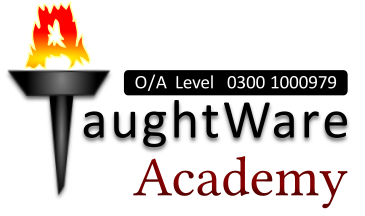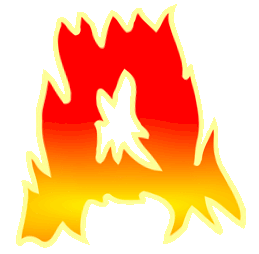-
When two materials are rubbed,
-
the material that gains electrons becomes negatively charged.
-
the material that loses electrons becomes positively charged.
-
-
Like charges repel and unlike charges attract each other.
-
An atom with unequal number of electrons and protons is called an ion.
-
Charge (Q) is measured in coulombs (C), e.g., Q = 5 C.
|
Electrical insulators |
Electrical conductors |
|
Charges cannot flow easily. |
Charges can flow. |
|
In insulators, the electrons of an atom are firmly bound to the nucleus of that atom. |
In conductors, the outer (valence) electrons of an atom are ‘free electrons’. The valence electrons are loosely bound. |
|
After rubbing, the charge remains localized on the surface. |
After rubbing, the charges do not remain confined to the surface. |
-
Neutralizing / discharging
-
Insulators discharge due to moisture in air or heating them
-
Conductors can be discharged by earthing them.
-
earth (as a verb): It means to connect an object to zero potential.
-
earth (as a noun): Any conductor (e.g., human body or ground) that can take or give electrons without being noticeably charged itself.
-
-
-
Electrostatic induction: It is the process in which an object is charged by bringing a charged object close to it.
-
Example: If a negatively charged glass rod is brought close to a piece of paper then the
near-side of the paper becomes positively charged and the far-side of the paper becomes negatively charged.Notes: If attraction between unlike charges is greater than the repulsion between like charges then the paper will be lifted (if the weight of the paper is overcome).
-
-
Examination tips:
-
When students are asked to show distribution of charges, the examiner may be interested in seeing equal number of positive and negative charges.
-
The examiner may also be interested in the symmetry of charges.
-
-
Electric field: It is the region of space where a unit positive charge experiences an electric force.
-
Electric lines of force are drawn in the direction of force on a unit positive charge.
-
-
Examples where charging could be a problem
-
lightning
-
charged body of an aircraft
-
-
Examples where charging could be useful
-
photocopier / laser printer
-
electrostatic precipitator for flu-as removal in coal-fired power stations
-
-
Van de Graaff generators are used in electrostatic experiments. You should understand its construction and working.
Go back to table of contents



